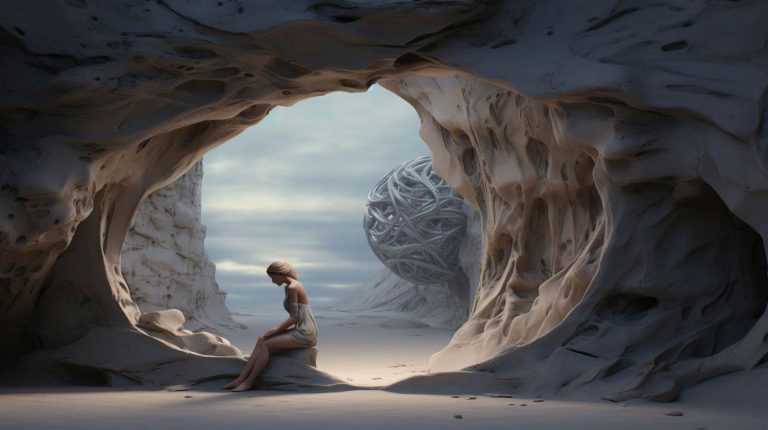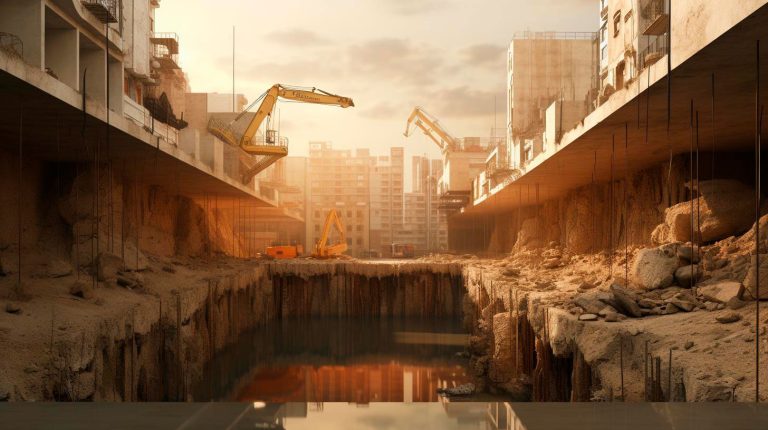In this article, we will explore the power of texture in photography and how you can leverage it to create stunning and engaging images.
Why Texture Matters
Texture refers to the tactile sensation and visual quality of a surface, whether it is rough, smooth, or somewhere in between. Adding texture to your photographs provides an additional layer of information for viewers to explore and engage with. Here’s why texture matters:
- Enhances Visual Interest: Texture adds visual complexity and interest to an image. It keeps viewers engaged, as they are naturally drawn to explore the different textures in a photograph.
- Creates Depth and Dimension: Incorporating texture helps create a sense of depth in your images, making them feel more three-dimensional. It adds a tactile quality that can almost transport viewers into the scene.
- Tells a Story: Texture can communicate a story or evoke certain emotions. It can reveal the passage of time, the ruggedness of nature, or the delicacy of a subject.
Techniques for Capturing Texture
Now that we understand the significance of texture, let’s explore some techniques for capturing it effectively in your photographs:
Close-Up Shots
Getting up close and personal with your subject allows you to capture intricate details and textures that might be otherwise overlooked. Whether it’s the cracks on an old wall or the patterns on a flower petal, close-up shots emphasize texture and create visually engaging images.
Side Lighting
When light hits a subject from the side, it creates shadows and highlights that accentuate texture. Experiment with different angles to find the best lighting that brings out the desired textures in your photographs.
Macro Photography
Macro photography is all about capturing the tiniest details and textures. Using a macro lens or extension tubes, you can explore a whole new world of texture in subjects like plants, insects, or even everyday objects.
Shallow Depth of Field
By using a wide aperture and shallow depth of field, you can isolate a specific area of your subject and make the textures stand out. This technique creates a beautiful bokeh effect and draws attention to the details you want viewers to focus on.
Post-Processing Techniques
While capturing texture during the photography process is crucial, post-processing techniques can further enhance and bring out those textures:
Contrast and Clarity Adjustments
Increase the contrast and clarity of your images to make the textures pop. This technique helps emphasize the differences between surfaces and adds definition to the textures you’ve captured.
Dodging and Burning
By selectively brightening (dodging) or darkening (burning) certain areas of your photograph, you can enhance texture and create a more three-dimensional look. This technique adds depth and drama to your images.
Texture Overlay
If you want to add more texture to your photographs, you can experiment with texture overlay techniques. By overlaying textures onto your images, you can create unique effects and further enhance the existing textures.
Final Thoughts
Texture plays a vital role in photography, going beyond the traditional focus on composition and lighting. Its ability to enhance visual interest, add depth, and tell a compelling story is unparalleled. By incorporating texture into your images and using appropriate post-processing techniques, you can create captivating photographs that engage viewers on a deeper level.
- Texture enhances visual interest and creates depth in photographs.
- Close-up shots and macro photography are effective ways to capture intricate details and textures.
- Sidelighting and shallow depth of field accentuate texture in images.
- Post-processing techniques like contrast adjustments and dodging/burning help enhance and bring out textures.
- Experimenting with texture overlays allows for unique and creative effects.
Unlock the power of texture in your photography to elevate your skills and produce visually stunning images that truly captivate your audience.



















+ There are no comments
Add yours